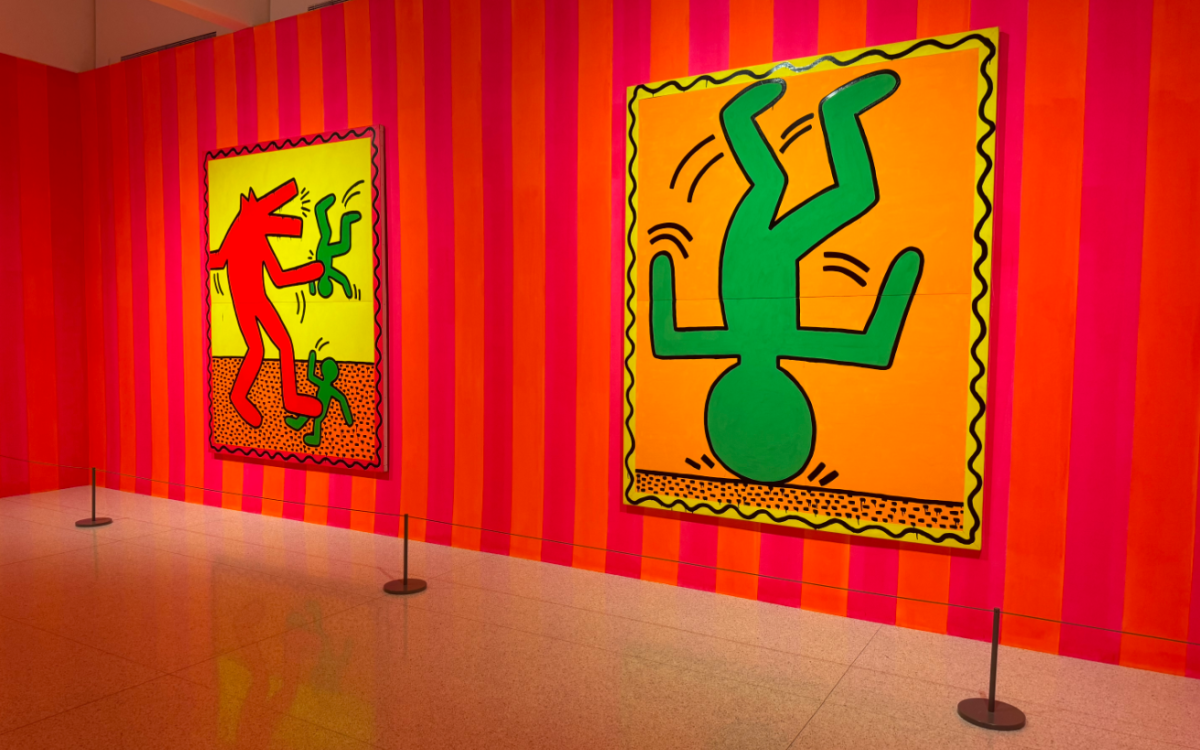Stogies on Grand (961 Grand Ave., St. Paul) and Lewis Pipes and Tobacco (527 Marquette Ave., Minneapolis) evoke completely different feelings upon entrance.
Stogies’ quaint Grand Avenue storefront leads into a labyrinthine store filled with laughter and smoke, while Lewis’ massive skyscraper hat sits over a clean one-room shop. The men who own these stores, on the other hand, look quite similar — tall, broad and worried around the eyes.
The wrinkles that crease their faces are in no small part due to the stress of working in an industry constantly teetering on the brink — “… really the only industry that could vanish, poof, at the whim of a Congress session,” as Lewis Tobaco owner Rich Lewis puts it.
This year will mark the 40th anniversary of Lewis’ tenure at his family’s tobacco shop, and he has seen business grind to a near halt as higher taxes are passed and stricter smoking restrictions are enacted.
“With the recent markup from a 35 percent to 75 percent sales tax, we can’t even compete with the Internet anymore,” Lewis said. “A box of cigars we sell [with a 10 percent discount] for $215 will be on the Internet for $120.”
Lewis manages to keep afloat by handcrafting pipes on the side, a talent he learned at the hands of English and Italian masters in the 1980s. His premium briar pieces retail for around $300 to $500.
“That’s a hell of a lot of money for a North Side blue-collar boy,” Lewis said.
But not every cigar shop owner has such a lucrative side project.
Stogies on Grand focuses on cigars, and their biggest draw is a massive walk-in humidor. Since the cavernous space holds tobacco of all shapes, sizes, origins and prices, it draws customers from all around the metro area. Unfortunately, the viability of that massive stogie cave is currently under attack.
“There is a bill in the U.S. House of Representatives right now that would require all cigars to be sold behind the counter from locked containers,” Stogies’ proprietor Mark Wolk said.
Many tobacco enthusiasts also malign the 2009 Family Smoking Prevention and Tobacco Control Act, which gives the president full regulatory power over the tobacco industry.
“Too many kids have been grabbing cheap cigars, Swishers and Dutch Masters, scraping out the middle and filling them with marijuana. You might have heard of it — it’s called ‘blunting,’” Wolk said.
In an effort to stop the illegal activity, the newer bill would also effectively put stores like Stogies out business.
“We’re talking 80,000 to 85,000 jobs lost in America if walk-in humidors are outlawed.” Wolk stated, “and we would have to close down too.”
Wolk and his fellow tobacco artist won’t go down without a fight, however, and as such have proposed a counter-measure: H.R. 1639. For the first time in history, H.R. 1639 would attempt to create a distinction between “premium” (read: hand-rolled, full-leaf and estate-grown tobacco) cigars and their lesser (read: chopped up and flavored bits of unknown-origin tobacco) cousins.
Wolk would like to tell Congress that “no one’s going to buy a $15 Cohiba to roll a blunt in.”
Besides saving business, most tobacco artists like Wolk and Lewis truly believe that there is a difference between fine tobacco and its over-processed and over-consumed cousin.
The parallels between tobacco and other connoisseur goods like wine and coffee are obvious. Real tobacco is grown on specialized plots throughout the world, and the leaves take on unique characteristics because of the soil and climate in which they grow. Different breeds and species of plants produce very different tastes and “bodies” in the finished merchandise, much like grapes. Even the curing and drying process deeply affects the characteristics of the final smoke.
Smoking’s popularity began to wane in the ’70s and ’80s, as scientists uncovered the chemical additives used by cigarette manufacturers like Philip Morris.
Premium cigars and pipes are not processed like Marlboros, because, for the most part, they are 100 percent tobacco. At the same time, cigars and pipes are rarely inhaled — it muddies the flavor — so much less nicotine is received by the body, making them less addictive. Cigars and pipes cause long-term issues if overused — and mouth cancer is no small issue. But spaced out in moderation, the health effects of fine tobacco are an acceptable risk to many successful men and women.
Lewis and Wolk would agree with pipe smoker Albert Einstein, who said, “I believe that pipe smoking contributes to a somewhat calm and objective judgment in all human affairs.” The federal government, on the other hand, would not. With a simple stroke of the legislative pen, fine tobacconists could be out of business forever.
A quick guide to pipe smoking
For those with an interest in trying out a pipe, there are a few basic guidelines that will remove a bit of the Sherlock Holmes-ian mystery:
When starting out, Lewis recommends a corncob pipe. Not just for snowmen, a corncob can be purchased for less than $10 and will smoke as well as a briar pipe — even if it won’t last 20 years. There is a wide variety of aromatic (flavored) and nonaromatic pipe tobacco available at either Stogies or Lewis, and you should smell a number of different types until you find one that strikes your fancy. Less-roasted Virginias are often lighter in body and flavor — a nice way for beginners to get a feel for real tobacco.
You will also need to buy a “tamp” — found for $1 or less at most places — which is a small metal tool that has a flattened, coin-like end that will help pack the tobacco. The hardest part of smoking is packing a bowl that is neither too tight (air can’t get through and it will be very difficult to pull) nor too loose (it will burn away too fast), so here’s an easy-to-remember method:
Loosely fill the bowl to the brim with your leaf, then lightly pack the tobacco until the top sits halfway down the bowl. Fill the bowl again, very loosely, until it mounds a little over the top. Pack this level down a little more firmly to the bowl’s three-quarter mark. Finally, fill the bowl with as much as you can mound without spilling everywhere, and pack down firmly until it is just under the bowl’s lip.
When you light the bowl, keep in mind that it will take a couple of cycles to glow fully. While puffing quickly through the mouthpiece, draw the flame in a circle around the bowl’s top. This will start to char the tobacco and will make it expand above the top of the bowl; tamp it down to level again. Repeat, and it should start a good ash over the top. After another tamp and light, the bowl should be good to go. Make sure to keep tamping the ash down as you smoke, and the bowl should puff all the way down without a problem.
Remember to keep it an occasional celebration, and enjoy!
















